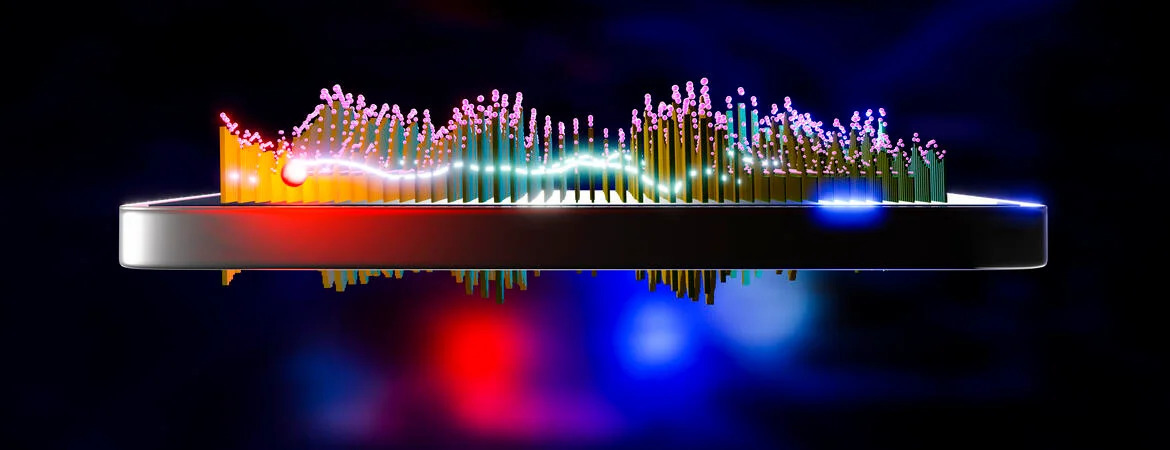PROCESSORS
UCR prof Cheng requires antiferromagnetic spintronics to overcome the heat generated in future semiconductors

As our computers and other electronic devices become faster and more powerful, they are coming closer to an undeniable physical limitation: heat generated by the electrons that carry information as they move through semiconductors.
“Making heat is a fundamental limit that will prevent the further development of electronic devices. So, we are basically hitting a bottleneck because our computers are way faster than they used to be two decades ago,” said Ran Cheng, an assistant professor of electrical and computer engineering with UCR’s Bourns College of Engineering. 
Workarounds – such as the energy- and water-consuming cooling systems at the warehouse-sized data centers operated by Google and other big tech companies -- can go only so far as artificial intelligence, machine learning, video streaming, and other applications demand faster and faster computer processing and memory retrievals.
Yet, Cheng envisions a much cooler future.
In a recent paper, entitled “Coherent Antiferromagnetic Spintronics”, Cheng and his collaborators at Tohoku University in Sendai, Japan, and the Massachusetts Institute of Technology, detail a decade of research advancements in the emerging field of antiferromagnetic spintronics that holds the promise of moving beyond today’s world of electrons moving through semiconductors.
In this future, information will instead travel without generating significant heat in the form of magnons, which are fundamental quantum units of spinning magnetic moments. Since magnetic moments can spin in different directions along anchored axes, their quantum excitations – magnons – could be used to encode and transfer information in the binary language that sets up the basis of today’s computing. But that’s just a start.
“For binary operation, we just encode zeroes and ones in the counterclockwise and clockwise rotations of the magnetic moments,” Cheng said. “But the exciting thing is that with using the antiferromagnetic insulators, we can also possibly move and process quantum information, which goes beyond simply zeroes and ones.”
Besides energy saving and quantum operation, antiferromagnetic spintronics also offers a great speed advantage over semiconductor electronics. The technology could allow computer processing or memory saving and retrievals to be done at speeds a hundred times faster than electrons moving through semiconductors. If electrons achieve the same level of performance by traveling extremely fast through semiconductors, the enormous amount of heat generated would make your cellphone, laptop, or desktop computer would simply melt, Cheng said.
Cheng’s paper describes a series of crucial findings in coherent antiferromagnetic spintronics, including spin generation and transport, electrically driven spin rotation, and related ultrafast spintronic effects. The paper further outlines areas in immediate attention for the technology to have practical applications. This includes finding ways to interface the fast transfer of information to other components of devices, the visualization of magnetic switching processes, and the exploration of novel quantum effects of magnons.
“When we try to integrate the magnons with other integrated circuits, we are going to have to make the interface perfect,” Cheng said. “So, I think that there's still a lot of practical problems that we need to solve in the near future.”

